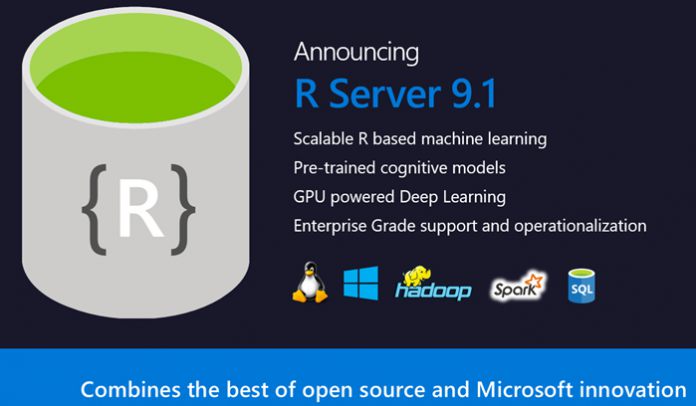One of the main changes is to MicrosoftML algorithms. They are now portable and available on Linux, Windows, and popular Hadoop versions, as well as SQL Server 2016. This combines with pre-trained cognitive models for image featurization and sentiment analysis, as well as GPU-accelerated DNNs.
High-Performance Operationalization
Microsoft has also made several tweaks to its platform to make it more suitable for Tier-1 one enterprises. The power of operationalization has been greatly enhanced by the following changes:
“Real time web services: realize 10X to 100X boost in scoring performance, scoring speeds at <10ms. Currently on Windows platform; other platforms will be supported soon. Role Based Access Control: enables admins to control who can publish, update, delete or consume web services Asynchronous batch processing: speed up the scoring performance for the web services with large input data sets and long-running jobs Asynchronous remote execution: run scripts in background mode on a remote server, without having to wait for the job to complete Dynamic scaling of operationalization grid with Azure VMs: easily spin up a set of R Server VMs in Azure, configure them as a grid for operationalization, and scale it up and down based on CPU / Memory usage”
The release also means SQL Server 2016 users can easily upgrade to R Services 9.1 by via the SqlBindR.exe tool. According to Microsoft, this makes SQL Server the first such solution that can do machine learning in-database. There’s also support for remote execution using the mrsdeploy R package. You can run R script asynchronously, adding significant benefit for scripts with long execution times. There’s plenty more in this release, and we won’t bore you with every single detail. The best idea is to download R Server 9.1 and read the extensive MSDN documentation.




